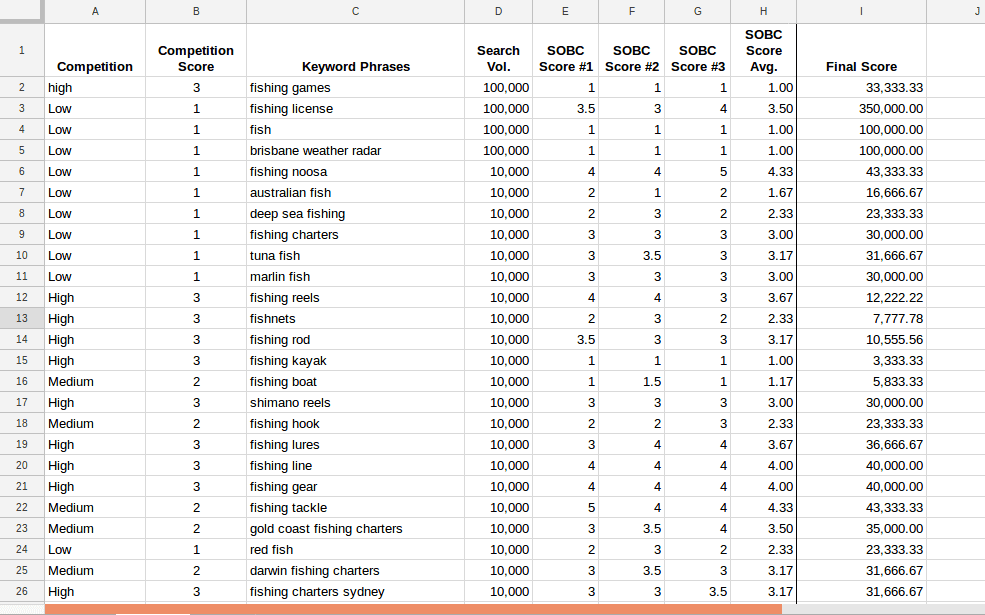
The Future of SEO: What Works in 2025?

SEO in 2025 isn’t what it used to be. Are you keeping up?
Search engine optimisation (SEO) has always been a moving target. As search engines evolve, so must our strategies to ensure visibility and engagement.
In 2025, businesses that fail to adapt risk being left behind. So, what does SEO look like now, and what should marketers focus on?
1. AI and Search Intent Dominate
Artificial intelligence (AI) is more sophisticated than ever, refining how search engines understand user intent.
Google’s AI-driven algorithms, like MUM (Multitask Unified Model), now process complex queries with greater nuance, considering context, language, and even emotions.
In 2025, content must align closely with search intent rather than relying solely on keywords. Marketers must craft content that answers questions directly and provides genuine value.
2. Voice and Visual Search Surge
Voice search continues its rise, with smart assistants like Google Assistant and Siri handling a significant percentage of search queries.
Meanwhile, visual search – where users upload images instead of typing – is more widespread, with Google Lens and Pinterest leading the way.
Businesses must optimise for natural language queries and include structured data to make images more discoverable.
3. The Importance of EEAT (Experience, Expertise, Authoritativeness, and Trustworthiness)
Google’s EEAT (formerly EAT) guidelines have expanded to include “Experience,” reinforcing the need for content created by real experts.
Businesses must showcase credible authorship, provide first-hand insights, and back up claims with reputable sources.
High-quality, in-depth content written by subject-matter experts will outperform generic, AI-generated material.
4. Zero-Click Searches Are the Norm
Featured snippets, knowledge panels, and People Also Ask (PAA) boxes dominate search results, meaning many users find answers without clicking through to websites.
To stay visible, brands should optimise for these features by structuring content in a clear, concise, and authoritative manner.
5. Video SEO Gains Even More Traction
Video content is essential in 2025. YouTube remains a powerful search engine, while Google increasingly features video snippets in results. Businesses must optimise video titles, descriptions, captions, and transcripts while ensuring mobile-friendly formats for maximum reach.
6. Core Web Vitals and User Experience (UX) Matter More Than Ever
Google’s Core Web Vitals remain a ranking factor, measuring page load speed, interactivity, and visual stability. Slow, clunky websites are penalised, so businesses must prioritise fast-loading, mobile-optimised experiences. A seamless UX not only boosts rankings but also enhances user engagement and conversions.
7. First-Party Data and Privacy-Focused SEO
With the decline of third-party cookies, first-party data collection is vital. Businesses need to build direct relationships with audiences through email subscriptions, interactive content, and personalised experiences. Search engines also favour privacy-compliant sites, so businesses must follow data protection best practices.
8. Local SEO and Hyper-Personalisation
Local search is more personalised than ever, with Google refining its ability to deliver hyper-relevant results based on location and behaviour. Businesses must optimise their Google Business Profile, encourage reviews, and leverage local content strategies to stay competitive.
Final Thoughts
SEO in 2025 is no longer about chasing algorithms—it’s about providing the best possible experience for users. By focusing on AI-driven intent, multimedia optimisation, EEAT principles, and user experience, businesses can stay ahead of the curve. The question is: Are you adapting, or are you falling behind?
If you need help to improve your SEO AND create more conversion opportunities, contact us to arrange a free audit of your website, and let’s see how we can get you moving forward in the right direction.

Paul Leonard has been successfully providing SEO and Digital consulting services to a number of international clients over the years.
As a founder of HPL Digital Marketing, we are fortunate to have his expertise made available, to help your business grow in the right ways.




